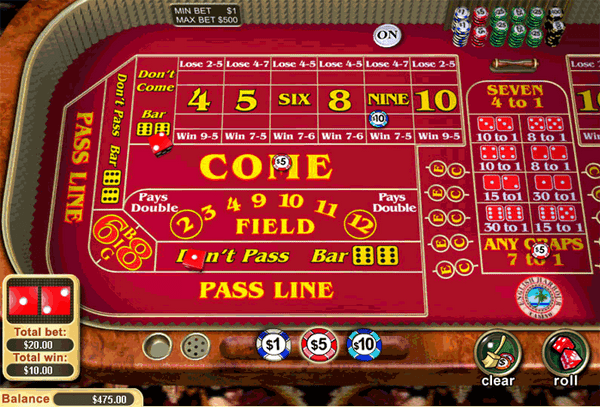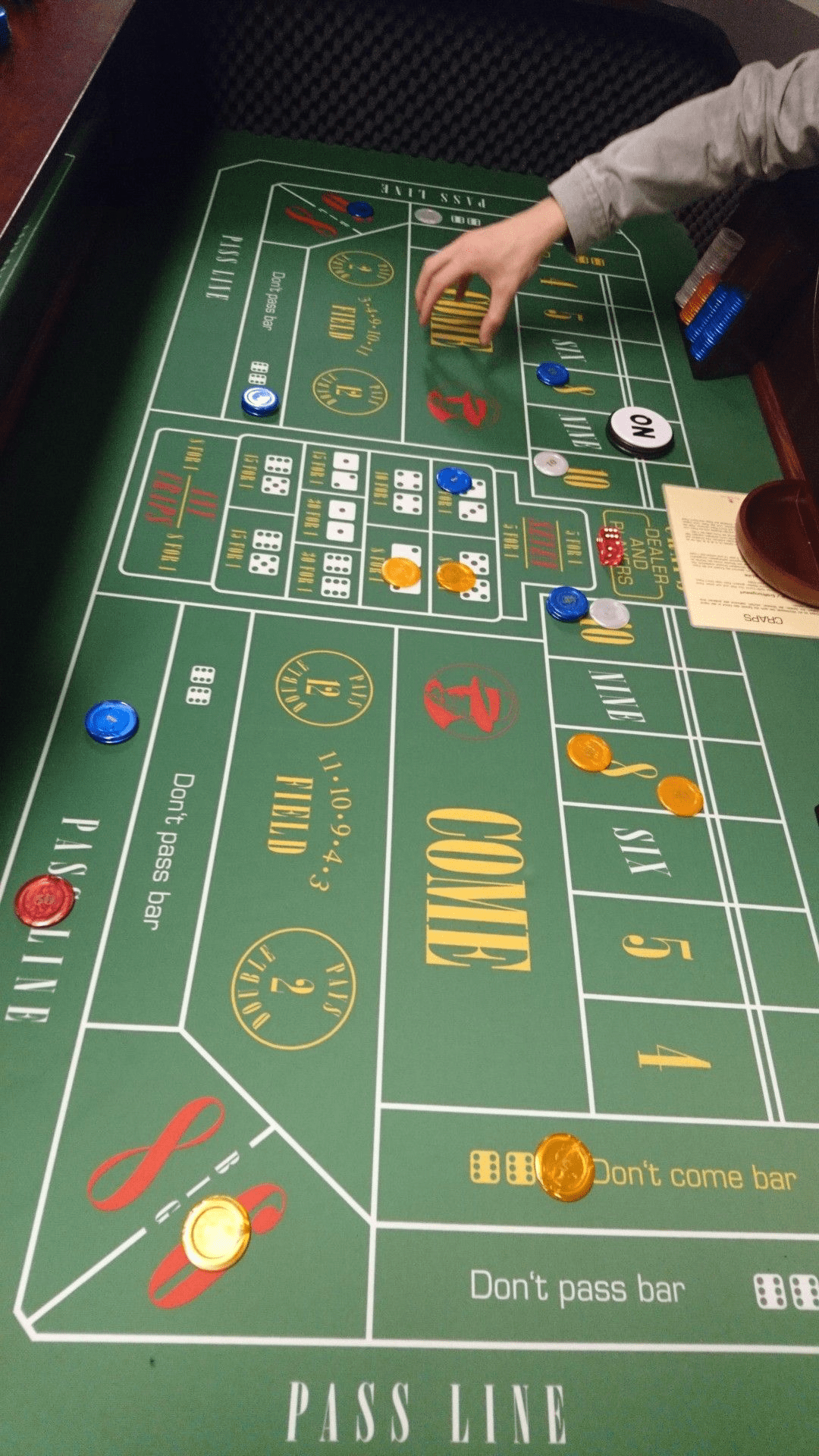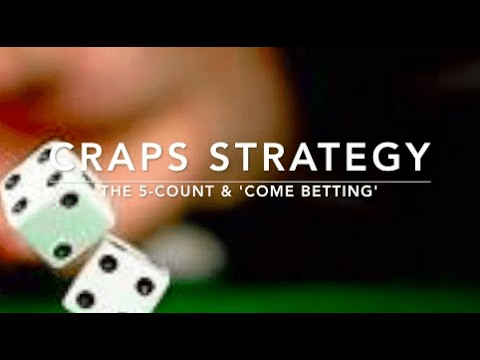Assuming a 50% chance of winning the expected return would be 0.5×(10) + 0.5×(-11) = -0.5. For example when betting against the line on a sporting event you have to bet $11 to win $10. The player's edge is the expected return divided by the initial bet. ∑ (probability of event i) × (return of event i) over all possible outcomes. The general formula for the expected return of a bet is: If you didn't know or can't figure out that the probability rolling a 6 is 5/36 then a visit to that page is a prerequisite for this page. This is explained in depth in my dice probability basics page. Not only will this give you a deeper understanding of the odds but hopefully motivate you to refresh or improve your math skills.īefore going on you must have an understanding of the probability of throwing each total in one roll.
Please stay a while and work through some of the bets yourself. To avoid multiplying by -1 for every bet I shall speak of everything in term's of the player's edge, which you can expect to be negative since the house ultimately has the edge on all bets except the free odds. Outside of this appendix I usually speak about the house edge, which is just the product of the player's edge and -1. This is where I derive the player's edge for all the major bets in craps. On this page How the House Edge for Each Bet is Derived



